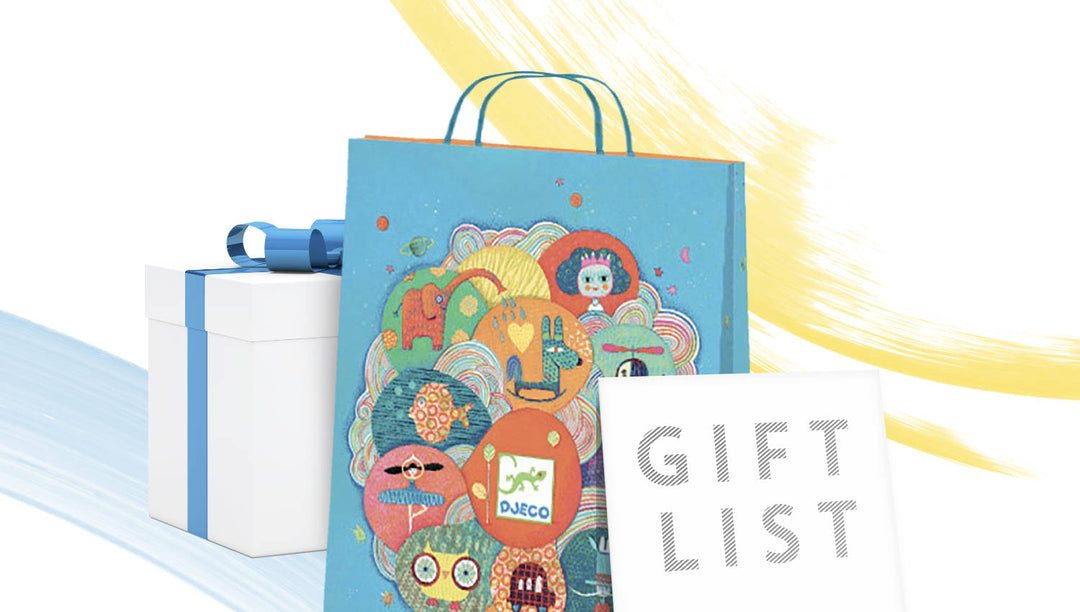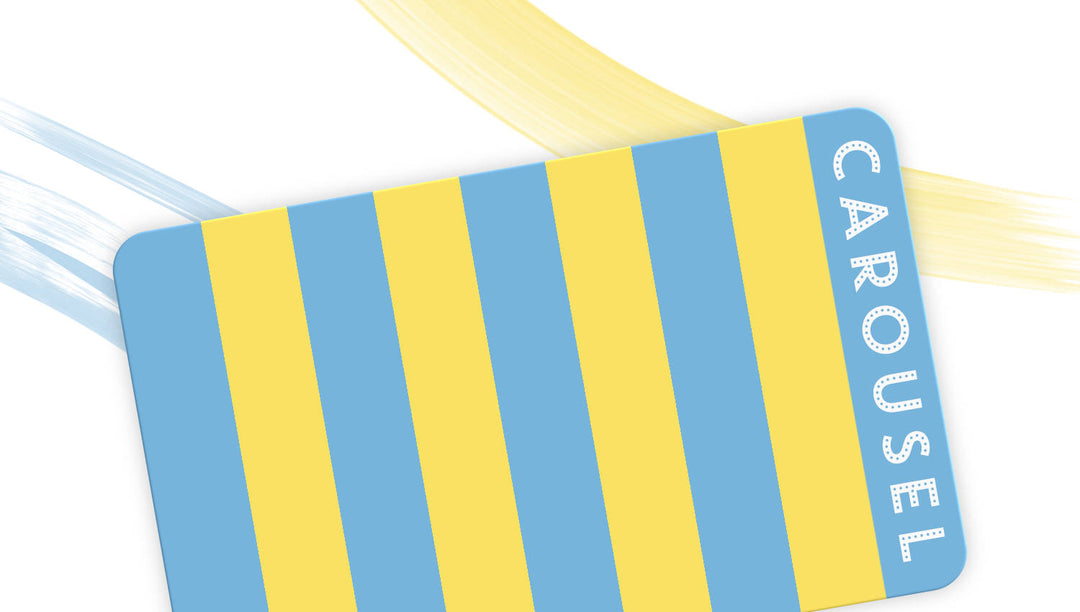We test the eco sensory activities from Sentosphère
In addition to various fun games that we try to include as often as possible in our family time, we also really like various experiments or more unusual activities. And when these activities stimulate various senses as well as creativity, I always give them priority.
I know that I have accustomed you to various recommendations of strategy and board games, but now I come to recommend completely different activities that won me over as soon as they appeared on the shelves of the store of our friends at Carousel. It's all about sensory activities and all kinds of exciting science experiments from eco-friendly materials from the French brand Sentosphère.
What this brand offers – created by Véronique Debroise who was passionate about perfumes – are not simple games, but unique sensory experiences.
Sentosphère recently appeared in our market and I was impressed with how much attention they paid to quality (they are all non-toxic) and how they encourage activities designed to stimulate all the senses through creative play.
And we will demonstrate this in this article together with my children: Adelina (4 years old) and Daniel (9 years old).
What are the benefits of sensory activities in children's development?
Through sensory play, children actively use their senses as they explore their world and natural processes, which is essential for brain development as it helps create neural connections in the brain. This process supports cognitive growth, language development, motor skills, social interaction, and problem-solving skills.
Sensory activity is any activity that stimulates the child's senses: tactile, olfactory, gustatory, visual and auditory.
Also try the Activities for 12-18 month olds
I'm a big fan of sensory activities and I've tried to give my kids these experiences on a regular basis. Sometimes these types of activities can be dirty, but any effort is worth it because of the effect on brain development.
"TOP SENT" - Guess the smell
It is a sensory game of recognizing fruits by smell, which also involves mathematical calculations. It's something completely unusual than what I've played before.
The game is aimed at 6 year olds specifically because it involves quick addition, but I think the game can be adjusted for younger kids.
Fortunately, Adelina (almost 5 years old) can already do simple additions (sometimes with the help of her fingers) and therefore I was able to play at a slower tempo or by changing the flow of the game.
Also, I could play it with the kids even while I was looking for work around the kitchen – they would just bring me the flavor capsules to test my sense of smell.
The game includes 12 capsules with different flavors, with the fruit written on the lid.
No one is allowed to see what is written on the cap, and each player takes turns smelling the chosen capsule to determine the fruit, without telling the others which is the recognized fruit. The die is thrown. The player who manages to hit the stack of cards first after the supposed fruit has appeared as many times as the number on the die wins the round. The one who collects more cards wins.
It was more interesting to play it with Daniel, and it often happened that we rejoiced in vain that we hit the first - the flavor was determined wrong.
But sometimes you don't realize at first what the fruit is, but along the way, seeing the cards with the images of the fruits, in your mind you associate the fruit with the aroma.
It's a game as simple as it is flavorful and cheerful!
The game stimulates concentration, observation, reflexes and sense of smell and develops mathematical skills.
Eco-Moulage – Confectionery workshop
It was one of the most interesting activity tests to date – the end result is spectacular!
With this creative set, we were able to create various pastry treats with the help of a mold that look like the real thing: tartlets, baguettes, croissants, jellies, cupcakes and cakes - items that are so necessary for Adelina's favorite games cafe or shop.
My boy, being a big lover of sweets - when he saw the chocolate donut he said he immediately wanted it!
The whole effect is created by popsine - this being a non-toxic material (100% ecological) obtained from natural products that can be used endlessly, being ideal for creating various objects.
And it's easy to shape – just microwave the amount of popsicles needed to melt (for a few minutes) and start creating various shapes or color combinations.
Although the set is intended for children from 7 years old, I did not hesitate to try it with Adelina who is delighted with all kinds of creative processes, but especially with desserts. Daniel was also easily drawn into the creative process.
A bigger challenge is multi-colored cookies – here it takes a lot of dexterity and attention to pour the required amount of a certain color into the cookie mold. But it's worth the effort!
The biggest challenge, however, remained to create a multi-tiered and multi-colored cake – but until then, we still have some practice to do.
On this occasion, Adelina managed to offer us more variety of cakes and desserts in her favorite game "de a patisserie" (as she says "de a Dulcinella") 🙂 And I can't wait to enter into her imaginary world and devour these desserts without any remorse.
Sensory activities and science experiments play such an important role in children's development, and there are so many ways you can provide them with these educational experiences.
And for that, Sentosphère offers a wide variety of olfactory and creative games, as well as various experiments, all made from ecological materials (in France).
This article is taken from the Planeta Mami blog where the author, Natalia Madan, shares her ideas for games that stimulate curiosity, laughter and creativity, healthy recipes for children, real parenting stories and lots of inspiration for mothers.
















